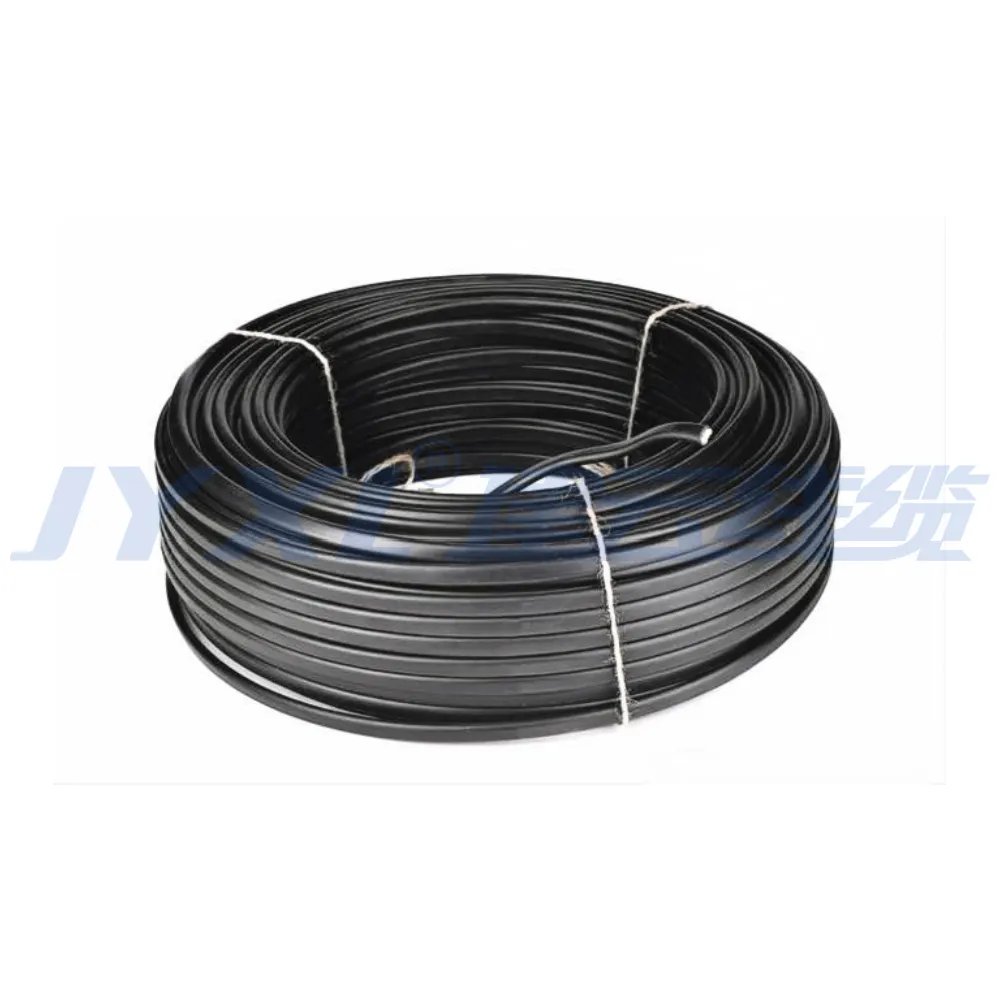Time: 2025-04-30 01:02:36 Source: Henan Province Jianyun Cable Co., Ltd.
Running solar cables in a house involves safely and efficiently routing the cables that connect solar panels to the inverter and the home’s electrical system, ensuring optimal performance, safety, and compliance with electrical codes. This article explores the process through three key sections, using a table to list tools and materials, and engaging analogies to clarify concepts.

Proper planning ensures that solar cables are routed safely, efficiently, and in compliance with local codes. Solar cables (e.g., 4mm² or 6mm², as discussed in prior solar contexts) typically carry DC power (e.g., 48V) from panels to an inverter, which converts it to AC (e.g., 230V) for home use. Key planning steps include:
Planning is like “mapping a road trip” for your solar cables—you need the best route, the right vehicle (cable size), and to follow the “traffic rules” (codes) to reach your destination safely.
Running solar cables requires specific tools and materials to ensure a safe and professional installation. The table below lists the essentials:
| Item | Purpose | Example |
|---|---|---|
| Solar Cables | Transmit DC power from panels to inverter | 6mm² (10 AWG), XLPE-insulated |
| Conduit | Protect cables from damage | PVC or metal conduit, 25mm diameter |
| Cable Ties/Clips | Secure cables along the route | UV-resistant ties for outdoor use |
| Wire Strippers | Strip insulation for connections | Adjustable for 10–12 AWG |
| Multimeter | Test voltage and continuity | Digital multimeter for DC testing |
| Drill and Fish Tape | Run cables through walls or ceilings | Electric drill, 5m fish tape |
Solar Cables: Use cables rated for DC and outdoor use (e.g., 6mm² with XLPE insulation, as discussed), ensuring UV and weather resistance. Conduit: Protects cables, especially in exposed areas (e.g., NEC requires conduit for indoor runs). Cable Ties/Clips: Secure cables to prevent sagging (as discussed in cable management contexts). Wire Strippers: Needed for clean connections at the inverter or panel. Multimeter: Ensures proper voltage (e.g., 48V DC) and continuity. Drill and Fish Tape: Helps navigate cables through walls or tight spaces. These tools are like a “toolkit for a hiking trip”—each item helps you navigate the “trail” (route) safely and efficiently.
Running solar cables involves careful steps to ensure safety, efficiency, and compliance. Here’s a step-by-step guide:
Safety Note: Use cables with proper insulation (e.g., XLPE, as discussed in wiring insulation contexts) to withstand UV and heat. Avoid running DC and AC cables together without separation to prevent interference (as discussed in low/high voltage contexts). If unsure, consult a licensed electrician.
Running solar cables is like “laying pipes for a water system”—you plan the route, protect the pipes (cables), secure them, and connect them to the “pump” (inverter) to deliver “water” (power) safely to the house.
Running solar cables in a house involves planning the route, calculating cable size (e.g., 6mm², 10 AWG), and following local codes (e.g., NEC, IEC 61730). Essential tools and materials include solar cables, conduit, cable ties, wire strippers, a multimeter, and a drill with fish tape. The process includes turning off power, marking the route, installing conduit, running and securing cables, connecting to the inverter and panel, grounding, testing, and inspecting. Proper execution ensures safety, efficiency, and integration of solar power (e.g., 48V DC to 230V AC) into the home’s electrical system, supporting sustainable energy use.